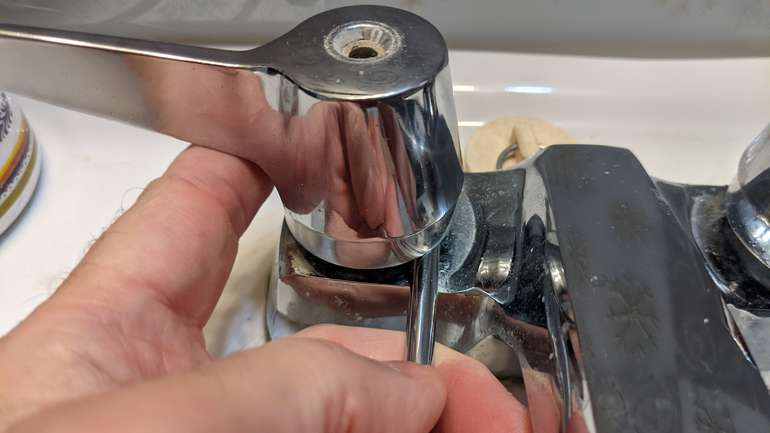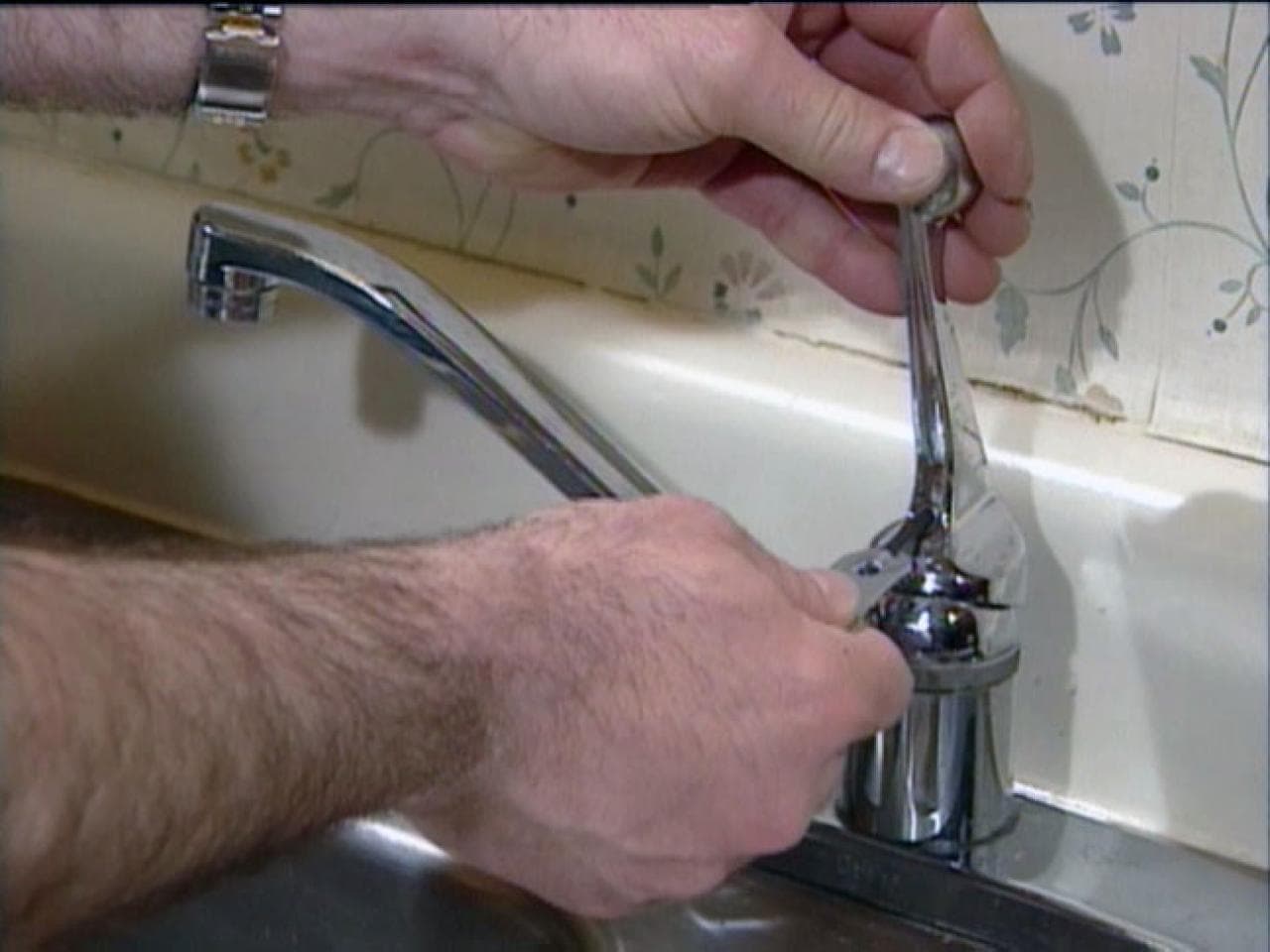Understanding the Importance of Correcting a Faulty Faucet
Understanding the Importance of Correcting a Faulty Faucet
Blog Article
Each person will have their own idea on the subject of Why Are My Faucets Dripping (And Can I Fix It Myself)?.

Trickling taps might look like a minor inconvenience, however their impact surpasses just the annoyance of the noise. From wasting water to sustaining unneeded monetary costs and wellness risks, disregarding a trickling faucet can cause various repercussions. In this write-up, we'll delve into why it's important to resolve this typical house concern promptly and efficiently.
Wastage of Water
Environmental Effect
Dripping faucets contribute considerably to water wastage. According to the Environmental Protection Agency (EPA), a solitary tap leaking at one drip per second can throw away more than 3,000 gallons of water each year. This not only strains water resources however additionally impacts ecosystems and wildlife based on them.
Step-by-Step Overview to Dealing With a Dripping Tap
Tools Called for
Before trying to take care of a dripping faucet, gather the needed tools, consisting of an adjustable wrench, screwdrivers, substitute components (such as washing machines or cartridges), and plumber's tape.
Common Tap Issues and Their Solutions
Recognize the sort of tap and the specific issue creating the drip. Common problems include worn-out washing machines, corroded shutoff seats, or damaged O-rings. Refer to manufacturer directions or on the internet tutorials for step-by-step support on fixings.
Financial Expenses
Boosted Water Costs
Past the ecological effect, dripping taps can pump up water bills considerably. The built up wastefulness over time converts into higher utility costs, which might have been stayed clear of with prompt repairs.
Potential Building Damages
Furthermore, extended dripping can cause damage to components and surface areas bordering the tap. Water build-up can trigger discoloration, deterioration, and also structural problems if left ignored, resulting in added repair work expenses.
Health and wellness Concerns
Mold and Mold Development
The continuous presence of wetness from a dripping tap produces a perfect setting for mold and mildew and mildew development. These fungis not just compromise interior air high quality but additionally present health and wellness threats, specifically for people with breathing conditions or allergic reactions.
Waterborne Illness
Stationary water in dripping taps can come to be a breeding ground for microorganisms and various other microorganisms, boosting the danger of waterborne diseases. Pollutants such as Legionella bacteria grow in stagnant water, possibly leading to major ailments when ingested or inhaled.
Do it yourself vs. Professional Fixing
Benefits and drawbacks of DIY Repair
While some might try to repair a leaking faucet themselves, DIY repair services include their own set of difficulties. Without correct expertise and tools, do it yourself attempts can intensify the issue or bring about incomplete repairs, prolonging the issue.
Advantages of Employing an Expert Plumber
Working with a specialist plumber makes sure that the underlying root cause of the leaking faucet is attended to successfully. Plumbers possess the know-how and tools to identify and repair faucet problems successfully, saving time and lessening the risk of more damage.
Ecological Obligation
Private Payment to Conservation
Taking responsibility for repairing dripping faucets lines up with wider initiatives towards water conservation and environmental sustainability. Every person's actions collectively make a substantial impact on maintaining priceless sources.
Lasting Living Practices
By focusing on punctual fixings and embracing water-saving routines, people contribute to lasting living methods that profit both existing and future generations.
Preventive Measures
Routine Upkeep Tips
To avoid trickling faucets, do routine upkeep such as cleansing aerators, checking for leakages, and replacing worn-out parts without delay. Additionally, think about mounting water-saving gadgets or updating to extra efficient fixtures.
Significance of Prompt Fixes
Resolving trickling taps as quickly as they're noticed prevents further water wastage and potential damage, inevitably conserving both water and cash in the long run.
Impact on Building Worth
Understanding of Well-Maintained Residential Property
Preserving a building in good condition, consisting of dealing with upkeep problems like dripping taps, improves its perceived worth and value amongst prospective purchasers or tenants.
Impact on Resale Value
Features with well-kept plumbing components, including taps, command higher resale values in the property market. Dealing with trickling faucets can contribute to a favorable impression during building examinations and arrangements.
Conclusion
Dealing with a leaking faucet goes beyond simple benefit; it's an important action toward preserving water, reducing monetary costs, and safeguarding health and wellness and building. Whether via do it yourself fixings or specialist aid, doing something about it to deal with trickling taps is a little yet impactful method to promote liable stewardship of sources and add to a healthier, more lasting future.
How to Fix a Dripping or Leaky Faucet
A leaking faucet is one of the most common problems that homeowners encounter, but it being commonplace doesn’t make it any less annoying. The constant drip drip drip of a leaking bathtub faucet, showerhead, or sink tap can disturb your home’s serenity. Left neglected, a dripping faucet can also result in higher water bills and discoloration or mold growth in your sink or plumbing fixtures.
Fortunately, you don’t have to be a trained plumber to know how to stop a dripping faucet. With some basic tools, replacement parts, and a little patience, leaky faucet repair is a breeze. In this article, we’ll explain what causes dripping faucets and how you can fix them.
What Causes a Leaking Faucet?
Kitchen and bathroom faucets come in all manner of designs, but most involve some combination of valves, O-rings, seals, and washers. The O-ring is usually the weakest link, but any one of these pieces can wear down over time. Heat, moisture, temperature fluctuations, minerals, mold, and movement can contribute to warping and corrosion, breaking the watertight seal. This just comes with the territory of being a homeowner. Everything is always subject to wear and tear, and some component parts of your appliances and fixtures need to be replaced on occasion. At least replacement O-rings are cheap!
More rarely, dripping faucets can be a symptom of excessively high water pressure. Were this the case in your home, you would probably notice that the leak is not isolated to one faucet. Water pressure issues are harder to resolve on your own. We recommend contacting a professional plumber if you suspect your water pressure is too high.
How to Fix a Dripping Faucet
Pipe wrench or monkey wrench Allen wrench set Screwdrivers Old towel or rag Shut off the water.
Before you do anything, you need to turn off the water to keep from drenching your kitchen or bathroom. You should find a valve under the sink and against the wall. Once you’ve turned this valve, try turning the faucet on to confirm that the water source has been cut off.
If you can’t locate your local valve for the faucet you’re working on, you can always shut off the water to the house at the main valve. Of course, this will prohibit anyone from using the sinks, showers, or toilets while you’re working on the faucet that’s giving you trouble.
Plug or block the drain.
You’ll be disassembling the faucet and removing some small bits of hardware. Plug the drain with a stopper or rag to avoid the possibility of a small screw falling into your P-trap.
Take apart the faucet assembly.
There are several varieties of kitchen and bathroom faucets, each with its own manner of assembly. For detailed instructions on how to disassemble your faucet, you can refer to the fixture’s manual or contact the manufacturer. If you know whether you have a ball, disc, cartridge, or compression faucet, you can find detailed schematics online.
In general, you need to begin by removing the faucet handles. You might notice a small screw that you’ll need to remove with a screwdriver or Allen wrench. If you don’t see any visible securing hardware, it’s likely hidden under a decorative cap that can be unscrewed or popped off with flathead screwdriver.
Remove each piece methodically, consulting a schematic when necessary. Take notes or arrange the pieces in such a way to make it easier to correctly reassemble the faucet later.
Remove the cartridge.
Once you’ve removed the handles and securing hardware, you should be able to remove the valve cartridge or stem. Some cartridges will slide right out. Other faucet models will require you to loosen a nut with a pipe wrench before you can remove the valve stem.
Examine the exposed hardware.
With the cartridge or stem removed, inspect the component parts. Check the rubber O-rings for wear and tear. Also examine the seat washer for corrosion or other damage. These pieces are usually the responsible parties for a dripping faucet, but it’s worth inspecting the other component parts while you have the faucet disassembled.
Find replacement parts.
Once you’ve identified which faucet component has failed, find an identical replacement. Your local hardware store should have O-rings, seat washers, and other standard components in stock. If you have a luxury or uncommon faucet, you may have to contact the manufacturer for a replacement part.
It’s a good idea to take your old parts with you to the hardware store so you can compare them with the store’s inventory and be sure you’re purchasing the correct replacement.
Reassemble the faucet.
With your new parts in hand, reconstruct the faucet and handles. Don’t be tempted to overtighten screws or nuts. You might think this could create a better seal, but it can instead damage or bend a delicate part of the assembly and create a new problem for you.
Turn on the water and test the faucet.
The only thing left to do is test your work. Unplug the sink, turn the water back on, and try the faucet. Congratulate yourself on a job well done!
https://www.libertyhomeguard.com/how-to-fix-a-dripping-or-leaky-faucet/

Do you really like reading up on Leaky Faucets: Why They Happen & What to Do About Them? Make feedback directly below. We would be delighted to see your views about this blog posting. We hope that you visit us again before long. Sharing is nice. Helping people is fun. I love reading our article about How to Fix a Dripping or Leaky Faucet .
Report this page